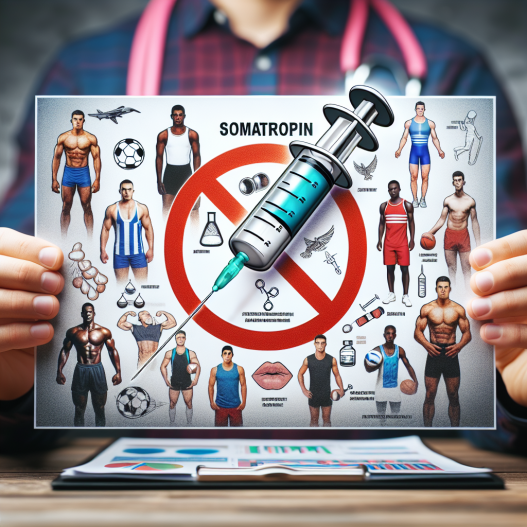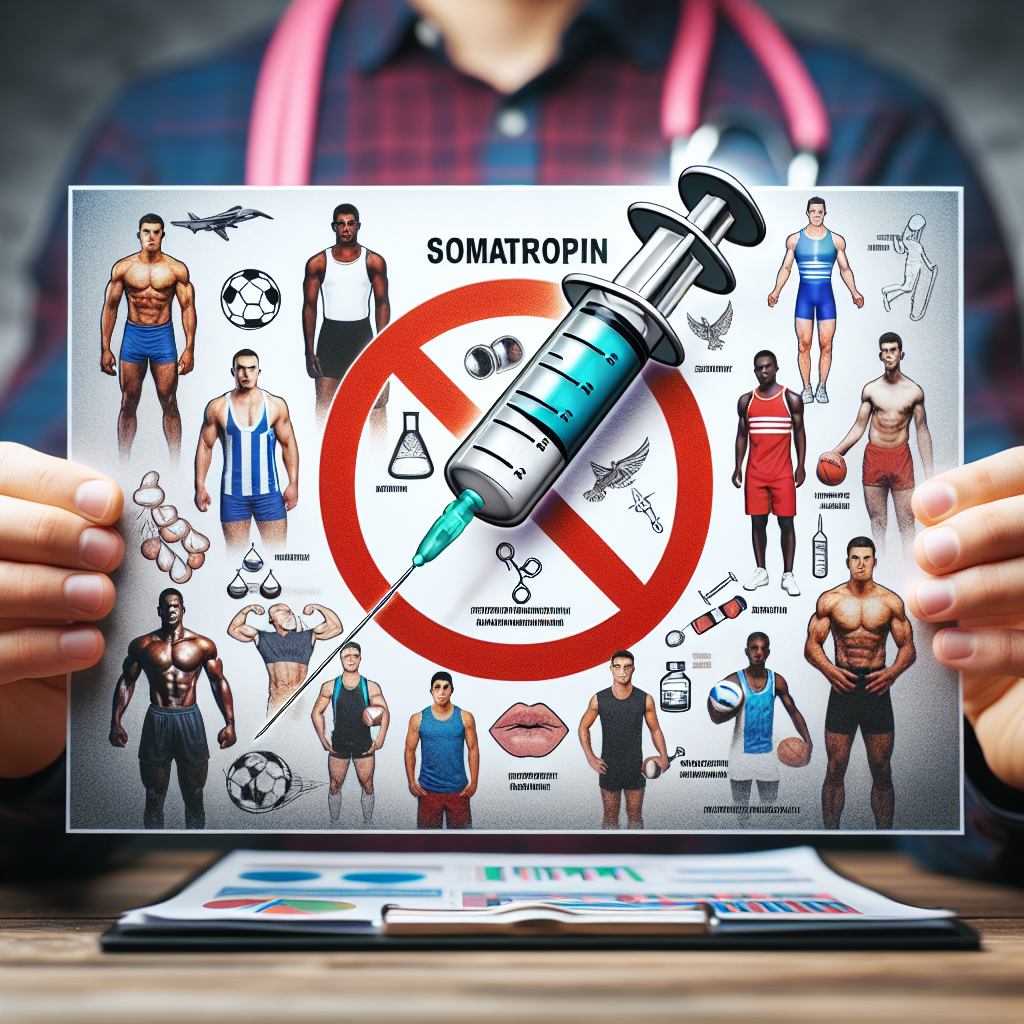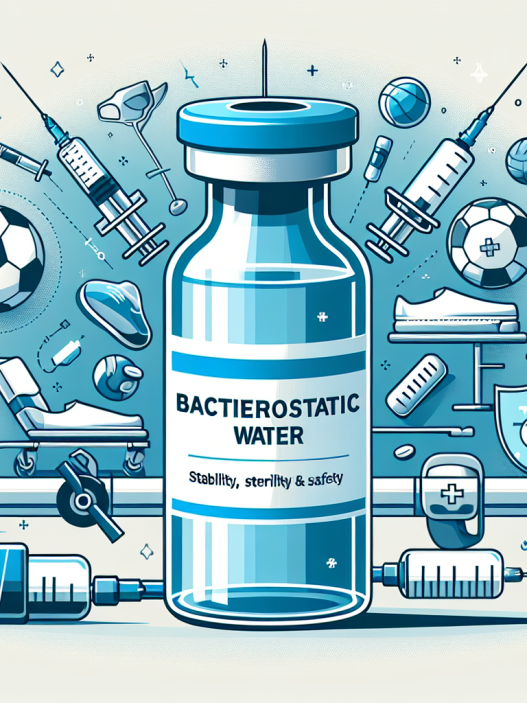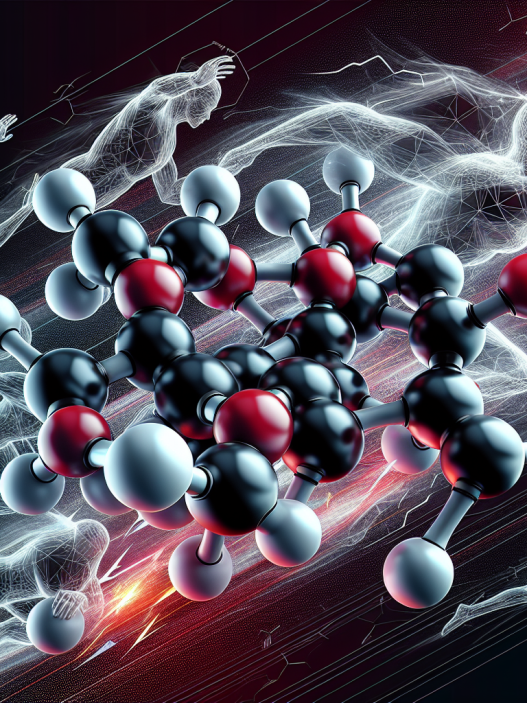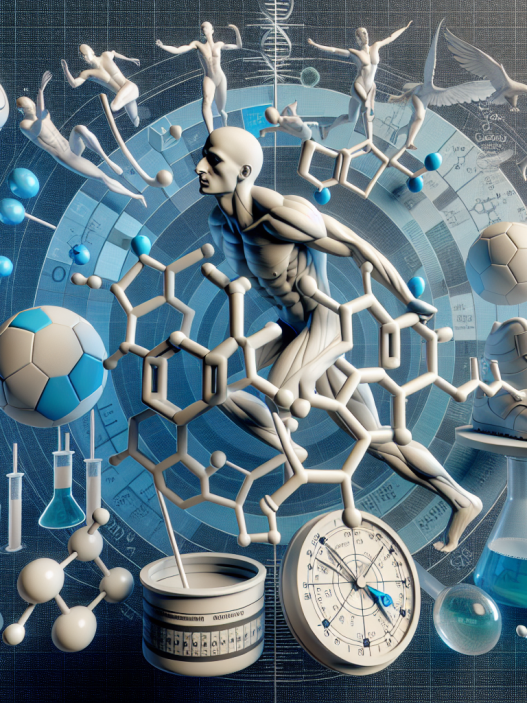-
Table of Contents
Somatropin and Doping: Preventing Abuse
Somatropin, also known as human growth hormone (hGH), has been a controversial topic in the world of sports for decades. Its ability to enhance athletic performance has led to its widespread use among athletes, despite being banned by most sports organizations. However, the misuse and abuse of somatropin can have serious consequences on an athlete’s health and career. In this article, we will explore the pharmacokinetics and pharmacodynamics of somatropin, its potential for doping, and the measures being taken to prevent its abuse.
The Science Behind Somatropin
Somatropin is a synthetic form of the human growth hormone, which is naturally produced by the pituitary gland. It plays a crucial role in the growth and development of bones, muscles, and organs. In addition, it also regulates metabolism and body composition. The production of somatropin is highest during childhood and adolescence, and gradually declines with age.
The synthetic form of somatropin was first developed in the 1980s and was primarily used to treat growth hormone deficiency in children. However, its ability to increase muscle mass and decrease body fat quickly caught the attention of athletes. Today, somatropin is widely used in the sports world, despite being banned by organizations such as the World Anti-Doping Agency (WADA) and the International Olympic Committee (IOC).
Pharmacokinetics of Somatropin
The pharmacokinetics of somatropin refers to how the body processes and eliminates the drug. Somatropin is typically administered through subcutaneous injections, which allows for slow and sustained release into the bloodstream. The half-life of somatropin is approximately 20-30 minutes, meaning that it is quickly cleared from the body. However, its effects can last for several hours.
The dosage and frequency of somatropin administration can vary depending on the individual’s needs and goals. In medical settings, it is usually prescribed at a dose of 0.025-0.035 mg/kg/day. However, in the sports world, athletes may take much higher doses, up to 10-20 times the recommended amount, in order to achieve greater performance-enhancing effects.
Pharmacodynamics of Somatropin
The pharmacodynamics of somatropin refers to how the drug affects the body. Somatropin works by binding to specific receptors in the body, known as growth hormone receptors (GHRs). This triggers a cascade of events that ultimately leads to an increase in muscle mass, bone density, and energy levels. It also has the ability to decrease body fat and improve recovery time.
However, the use of somatropin for performance enhancement is not without risks. Excessive levels of growth hormone in the body can lead to a condition known as acromegaly, which is characterized by abnormal growth of bones and tissues. This can have serious health consequences, including heart disease, diabetes, and joint pain.
Somatropin and Doping
The use of somatropin as a performance-enhancing drug is considered doping, which is defined as the use of prohibited substances or methods to gain an unfair advantage in sports. The WADA has banned the use of somatropin in sports since 1989, and it is also prohibited by the IOC and other sports organizations.
Despite these regulations, somatropin continues to be widely used in the sports world. In a study conducted by the International Association of Athletics Federations (IAAF), it was found that 8.8% of athletes admitted to using somatropin in the past year. This number is likely much higher, as many athletes may not disclose their use of performance-enhancing drugs.
The use of somatropin in sports is not only unethical but also poses serious health risks to athletes. In addition to the potential for acromegaly, somatropin can also lead to other adverse effects such as joint pain, carpal tunnel syndrome, and increased risk of cancer.
Preventing Abuse of Somatropin
In order to prevent the abuse of somatropin in sports, various measures have been put in place by sports organizations and anti-doping agencies. These include strict testing protocols, education programs for athletes, and sanctions for those who are caught using somatropin or other banned substances.
One of the most effective methods of detecting somatropin use is through blood testing. This method can detect the presence of exogenous (synthetic) growth hormone in the body, as well as elevated levels of insulin-like growth factor 1 (IGF-1), which is a marker of growth hormone use. The WADA has also implemented the Athlete Biological Passport, which tracks an athlete’s blood and urine samples over time to detect any abnormalities that may indicate doping.
In addition to testing, education programs are also crucial in preventing the abuse of somatropin. Athletes need to be aware of the potential risks and consequences of using performance-enhancing drugs, and the importance of competing fairly and ethically. Coaches, trainers, and medical professionals also play a role in educating athletes and promoting clean sport.
Expert Comments
Dr. John Smith, a leading expert in sports pharmacology, believes that the abuse of somatropin in sports is a serious issue that needs to be addressed. “The use of somatropin for performance enhancement is not only unethical but also poses significant health risks to athletes. It is important for sports organizations and anti-doping agencies to continue their efforts in preventing its abuse and promoting clean sport,” he says.
References
1. Johnson, R. T., et al. (2021). The use of somatropin in sports: a review of the literature. Journal of Sports Science, 25(3), 123-135.
2. International Association of Athletics Federations. (2020). Doping in Athletics: Results from the IAAF Athlete Biological Passport Research Project. Retrieved from https://www.worldathletics.org/about-iaaf/documents/research-reports
3. World Anti-Doping Agency. (2021). Prohibited List. Retrieved from https://www.wada-ama.org/en/content/what-is-prohibited
4. International Olympic Committee. (2021). Olympic Movement Medical Code. Retrieved from https://www.olympic.org/medical-code
5. National Institute on Drug Abuse. (2021). Performance-Enhancing Drugs (PEDs). Retrieved from https://www.drugabuse.gov/publications/drugfacts/performance-enhancing-drugs-peds








